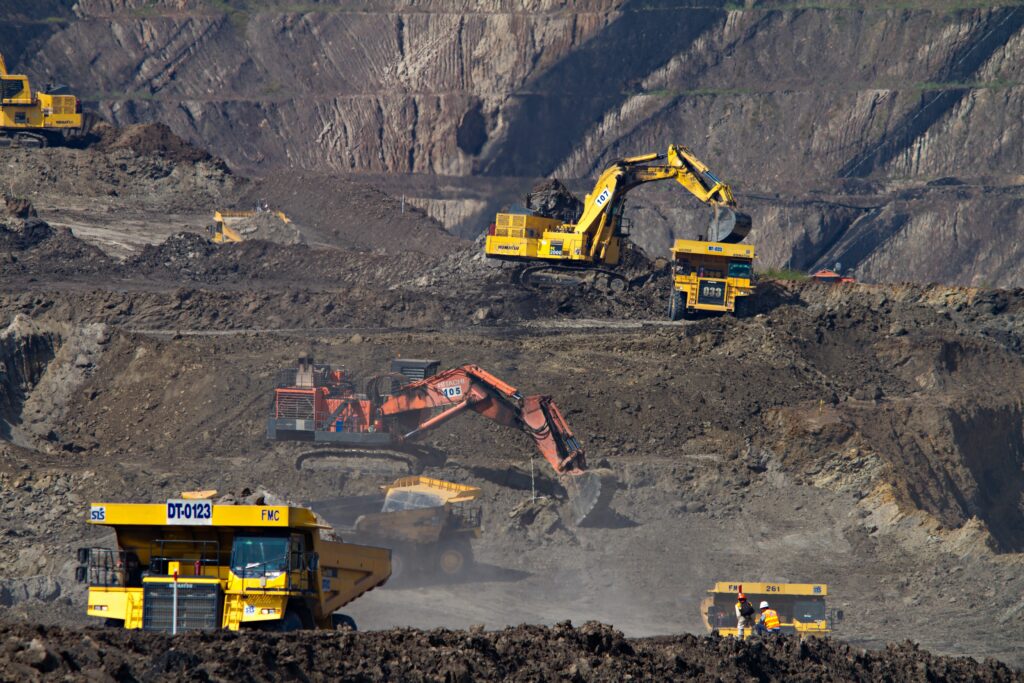More than a hundred miners finally emerged from a South African gold mine on Wednesday, following a three-day standoff instigated by a labour union dispute. The extended stay underground was facilitated by fellow miners near Johannesburg who sought formal recognition for their unregistered union.
Previously, 100 of the miners reportedly managed to escape whilst around another 550 remained entrenched within the mine from Sunday evening. Mine management reports suggested that approximately 110-120 workers, likely in support of the unregistered union, were responsible for obstructing their colleagues from leaving. The precise affiliation of all miners remains uncertain.
The Association of Mineworkers and Construction Union (AMCU) offered a different account of the events, alleging that the miners had willingly remained in the mine as a form of protest. The AMCU denied accusations of hostage-taking, despite the assertion made by both mine officials and the police.
On Wednesday, miners equipped with sticks and poles could be seen exiting Modder East mine in Springs, east of Johannesburg. A number of miners proudly declared that all workers underground were finally on their way out.
The contention at Modder East was initially sparked on Monday when a group of 562 miners and other workers decided not to leave the mine after their night shift. Consequent scuffles resulted in around 15 injuries, including a miner who suffered from a serious head injury. The injured man, along with a paramedic and a security officer sent to facilitate his evacuation, were allegedly captured by the contentious miners – a report that was confirmed by the head of the mine.
Despite no immediate updates on the state of the injured miners from authorities, signs of violence were conspicuously absent as workers finally vacated the mine.
Ziyaad Hassam, Head of Legal at Gold One International, the company that owns the mine, stated that 109 miners had managed to stage an escape early on Wednesday. Overpowering their oppressors and escaping confinement following days of exhaustion and dehydration, they were examined at a clinic and gave statements to the police. No serious injuries were reported.
The AMCU alleges that the majority of Modder East miners regard them as their representative union, despite the mine’s current agreement for its miners to be represented by the National Union of Mineworkers (NUM).
AMCU regional secretary, Tladi Mokwena, declared, “Workers are saying they do no longer wish to belong to NUM. They want to be represented by AMCU as the trade union of their choice”.
The long-standing contention between the AMCU and the NUM has been a prominent fixture in South African mining circles, playing a part in one of the country’s most horrific mining incidents – the Marikana massacre of 2012. The incident saw 34 striking miners shot dead by police at a platinum mine in North West province.
In addition to the aforementioned massacre, the incident led to the deaths of six other mine workers, two police officers, and two private security guards as the situation rapidly deteriorated. Notorious as the deadliest actions by South African police since the Soweto uprisings against apartheid in 1976, the Marikana massacre remains a dark chapter in South Africa’s mining history.
Photo by Dominik Vanyi on Unsplash






